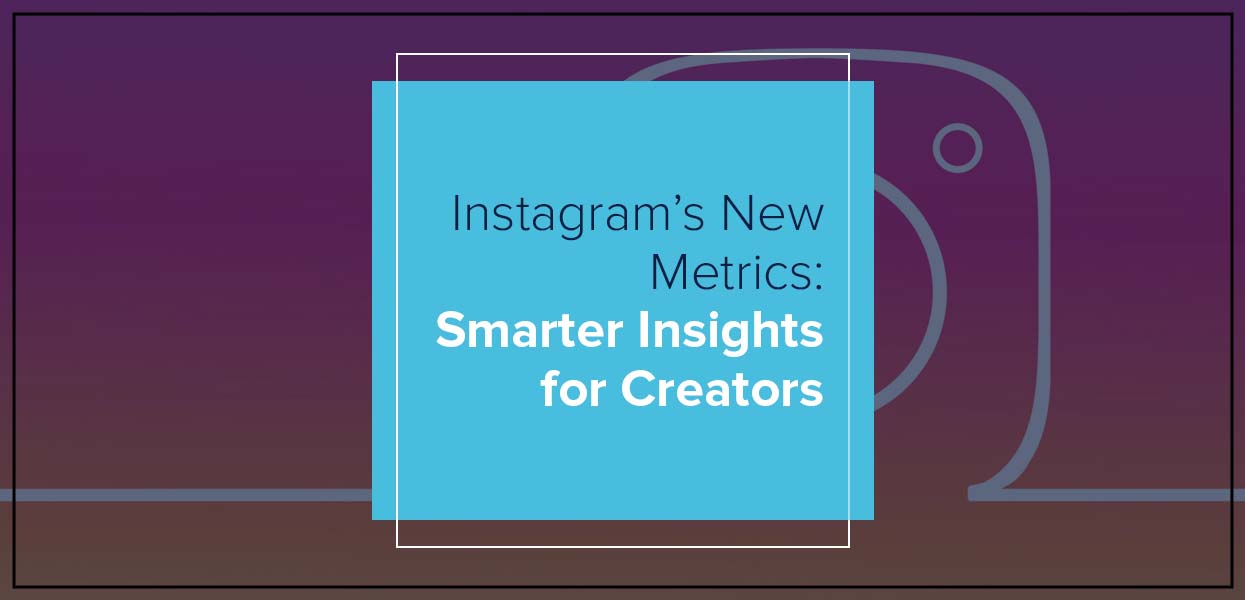[2024] What Google Analytics Remarketing Does Not Offer

Brief Overview of Google Analytics Remarketing
Strategic placement of Google Ads throughout the Google Display Network is made possible by Google Analytics Remarketing, a crucial tool in web analytics. Through consumer guidance through the sales funnel and enhanced brand memory, this dynamic approach optimises online advertising endeavours and sustains competitiveness in the constantly evolving digital marketplace.
Importance of Remarketing in Digital Marketing Strategies
Within the field of digital marketing, Google Analytics Remarketing is a game-changer, enabling companies to interact with their target audience in a very tailored way. With the aid of this dynamic solution, advertisers are able to re-engage website visitors. It is based on the powerful capabilities of web analytics. Google Analytics Remarketing places targeted adverts strategically throughout the vast Google Display Network by utilising insightful data from user behaviour and preferences. This approach aims not only to rekindle brand awareness but also to guide users back through the conversion journey.
In order to enable marketers to present customised information to particular audience segments, this intricate system primarily depends on the careful monitoring of user activities. As more and more businesses realise the value of tailored and relevant marketing initiatives, Google Analytics Remarketing—which provides a strategic approach to maximise online advertising campaigns and create long-lasting relationships with potential customers in the competitive digital landscape—becomes an indispensable tool.
Why Does Google Analytics Remarketing Not Offer Any Benefits?
One major flaw in the Google Analytics Remarketing space is the false belief that success is ensured by large impressions. Even while the technology is excellent at bringing back previous website visitors, placing too much focus on impressions might not be a good indicator of engagement or conversions. Furthermore, chasing clicks blindly might be deceptive because meaningful contact isn't always associated with a high click-through rate. Repetitive material can lead to ad fatigue, which is frequently ignored and lessens its impact. And lastly, if a careful analysis of customer behaviour is overlooked, the tool's utility is diminished. A sophisticated approach that prioritises high-quality interaction and ongoing optimisation is necessary for successful remarketing to be sustained.
Overemphasis on Impressions
To ensure that impressions result in actual user interaction, Google Analytics Remarketing should have an emphasis on quality rather than quantity. Impression volume, effect on user behaviour and conversion rates are all taken into account in a balanced strategy. When businesses don't focus too much on impressions, they can refine their strategies and focus on customised campaigns that produce higher returns on investment and meaningful results.
1. Explanation of why high impressions might not translate to success
High Google Analytics impressions It might not guarantee success to remarket. Although they advocate for exposure, it's important to remember that actual interaction and conversions—rather than just quantity—are what determine success.
2. Quality over quantity in remarketing campaigns
In Google Analytics Remarketing efforts, it is crucial to choose quality above quantity. A strategy that is effective and targeted outperforms one that is volume-centric in order to guarantee that every impression leads to real user interaction and, eventually, campaign success.
The True Benefits of Google Analytics Remarketing
By re-engaging previous website visitors, Google Analytics Remarketing is a digital marketing powerhouse that offers genuine rewards. Smart targeting combined with personalised content delivery boosts conversion rates and enhances brand visibility throughout the Google Display Network. It is a crucial tool that helps businesses in the competitive online market optimise their tactics for noteworthy results through user activity analysis. Businesses want to maximise their return on investment and form enduring partnerships.
1. Recap of Key Advantages:
Businesses have access to a variety of tools through Google Analytics Remarketing to help them re-engage with their audience. Advertisers may place tailored adverts strategically to increase brand memory and repeat engagement by utilising user data and behavioural analytics. In addition to ensuring that marketing campaigns are directed towards customers who have expressed an interest in the products or services being offered, this encourages brand loyalty.
2. Advanced Audience Segmentation:
The improved targeting capabilities of Google Analytics Remarketing are one of its most notable features. Campaigns may be carefully customised by advertisers using user behaviour, demographics and other pertinent data. By targeting the most pertinent audience segments with adverts, this degree of granularity maximises the likelihood of conversion. Remarketing strategies are more successful and efficient overall when they can target particular user groups and generate unique audiences.
3. Increased Brand Visibility and Recognition:
By carefully arranging targeted advertisements throughout the Google Display Network, Google Analytics Remarketing greatly increases brand awareness. Brand memory increases when consumers come across personalised information across many digital channels. Users are more likely to choose the brand when making purchases when they are exposed to the brand message consistently, which improves recognition and creates a favourable opinion.
4. Improved Conversion Rates and ROI:
Any marketing strategy's ultimate objective is to increase conversions and produce a profitable return on investment (ROI). In this sense, Google Analytics Remarketing shines by reaching out to users who have already expressed interest. The chance of conversion is increased by sending these people personalised material. By concentrating efforts where they are most likely to yield a positive return on investment, this focused method optimises the effectiveness of marketing expenditures. As a consequence, the bottom-line benefits from a more powerful and economical marketing plan.
Case Studies & Examples
- Real-life scenarios illustrating the downsides of overlooking certain aspects: The consequences of ignoring important details are made clear by real-world examples in Google Analytics Remarketing. Examples of campaigns that are just concerned with impressions or that follow clicks mindlessly highlight the dangers that might reduce marketing efficacy. As cautionary tales, case studies emphasise the need for a comprehensive strategy that extends beyond cursory assessments.
- Highlighting the importance of a balanced and informed approach to remarketing: Google Analytics case studies Remarketing emphasises how important it is to take a well-rounded and knowledgeable strategy. Successful examples show how important it is to use a variety of ad creatives, continuous analysis and strategic targeting to maximise remarketing efforts for meaningful, long-term results.
Best Practices for Effective Google Analytics Remarketing
Understanding Google Analytics Remarketing in the context of digital marketing calls for a calculated and planned strategy. To effectively re-engage your audience and boost conversions, you must adhere to the following best practices:
1. Segmentation Precision:
- Make use of the effectiveness of thorough audience segmentation based on interests, demographics and behaviour.
- Make unique audience lists for dynamic remarketing and tailored targeting.
2. Diversify Ad Creatives:
- Create a variety of effective ad creatives to counteract ad weariness.
- Experiment with various message approaches to find the most effective material.
3. Continuous Analysis and Optimization:
- Use Google Analytics to track campaign results and modify plans as necessary.
- Align funds optimally with high-performing areas and modify ad frequency to avoid saturation.
4. Effective Use of Exclusion Lists:
- Remove recent buyers to prevent pointless targeting.
- Improve audience targeting by eliminating unimportant categories and concentrating on the most beneficial consumers.
5. Responsive Design and Cross-Device Compatibility:
- Make sure the creatives for advertisements are responsive and offer a consistent experience on all devices.
- Optimise your landing pages for mobile users to increase the overall effectiveness of your campaign.
Businesses may improve their Google Analytics Remarketing campaigns by using these best practices. In the competitive digital market, they can eventually boost engagement and conversions by offering their audience material that is both relevant and customised.
Conclusion
- Google Analytics In digital marketing, remarketing is revolutionary since it enables companies to stay in touch with previous customers.
- Getting a lot of views is not as crucial as quality interaction and the essay cautions against putting too much emphasis on large impressions.
- The post issues a warning against becoming weary of commercials, clicking on links mindlessly and failing to recognise what clients actually desire.
- Real-world anecdotes show how some initiatives fell short because important aspects were missed.
- Remarketing can function more effectively by adhering to basic guidelines like selecting relevant targets, using distinct adverts, monitoring results and eliminating pointless ones.
- In the end, the study finds that by employing clever strategies, Google Analytics Remarketing may promote enduring connections, raise brand recognition and motivate more customers to make online purchases.
FAQs
1. When does a default analytics session expire?
Depending on the platform or technology being utilised, different default analytics sessions have different expiration dates. Typically, default sessions end with the user being inactive for 30 minutes to two hours. For precise information related to the system being used, it is important to consult the manual or settings of the relevant analytics tool.
2. What data is Google Analytics unable to track?
Tracking specific data may be limited by Google Analytics objectives. Tracking offline conversions, interactions inside PDFs, button clicks that don't open a new page and actions on external platforms that aren't connected with GA are usually areas of difficulty for it. Furthermore, the tool might not be able to track user behaviours on single-page apps if it is not configured properly. The most accurate and recent information may always be found by consulting the Google Analytics manual.
3. Which kinds of hits does Google Analytics track?
Google Analytics tracks many types of hits in order to get data about user activity. Pageviews, Events, Transactions (for monitoring e-commerce), Social Interactions, User Timing (for evaluating load times) and Exceptions (tracking faults) are the main hits. Comprehensive analysis of user involvement and behaviour on a website is made possible by an adequate understanding and use of different hit kinds. Constantly refer to the Google Analytics handbook for the most recent information.
Categories
- Digital Marketing
- Website Development
- Graphic Design
- Content Writing
Latest Posts
-
- Essential Marketing & Advertising Keywords 2025



